Generation in computer terminology is a change in technology a computer is/was being used. Initially, the generation term was used to distinguish between varying hardware technologies. Nowadays, generation includes both hardware and software, which together make up an entire computer system.
There are five computer generations known till date. Each generation has been discussed in detail along with their time period and characteristics. In the following table, approximate dates against each generation has been mentioned, which are normally accepted.
Following are the main five generations of computers.
1. They used vacuum tubes.
2. They were very expensive.
3. Consume more power with limited performance.
4. Magnetic tape / magnetic drum were used for storage.
5. They were heavy and large in size.
6. They generated a lot of heat.
7. Examples: (ENIAC - Electronic Numerical Integrator and Calculator, EDSAC – Electronic Delay Storage Automatic Calculator, EDVAC – Electronic Discrete Variable Automatic Computer, UNIVAC – Universal Automatic Computer IBM 701)
Second Generation Computers (1956-1964)
2. Lesser power consumption and better performance
3.Lower cost than First Generation.
4. They were smaller in size than first generation computers.
5. They were faster than first generation computers and also less expensive.
6. Magnetic tapes and magnetic disks were used as secondary memory
7. High level languages such as FORTRAN, COBOL etc were used - Compilers were developed to translate high-level program into corresponding assembly language program which was then translated into machine language.
8. Examples: ENIAC 1401, CDC 160, IBM 700, – IBM 7030, Digital Data Corporation’s PDP 1/5/8 Honeywell 400
Third Generation Computers (1965-1971)
2. They were smaller in size than second generation computers and also less expensive.
3. They were faster and more accurate than second generation computers.
4. Small Scale Integration and Medium Scale Integration technology were implemented in CPU, I/O processors etc.
5. Smaller & better performance
6. Comparatively lesser cost
7. Faster processors
8. In the beginning magnetic core memories were used. Later they were replaced by semiconductor memories (RAM & ROM)
9. Introduced microprogramming
10. High level languages were standardized by ANSI e.g. ANSI FORTRAN, ANSI COBOL etc
11. Cache and virtual memories were introduced (Cache memory makes the main memory appear faster than it really is. Virtual memory makes it appear larger)
12. Operating system software were introduced (efficient sharing of a computer system by several user programs)
13. Microprogramming, parallel processing (pipelining, multiprocessor system etc), multiprogramming, multi-user system (time shared system) etc were introduced.
14. Examples: VAX-750, IBM 360, ICL 1900, System 360 Mainframe from IBM, PDP-8 Mini Computer from Digital Equipment Corporation
15. An integrated circuit (IC) is a small electronic device made out of a semiconductor material.
1. They use a device called microprocessor instead of ICs
2. They are smaller in size.
3. They are cheaper and faster.
4. They are very easy to handle.
5. All present day computers come under this category.
6. Microprocessors were introduced as CPU– Complete processors and large section of main memory could be implemented in a single chip
7. Tens of thousands of transistors can be placed in a single chip (VLSI design implemented)
8. CRT screen, laser & ink jet printers, scanners etc were developed.
9. Semiconductor memory chips were used as the main memory.
10. Secondary memory was composed of hard disks – Floppy disks & magnetic tapes were used for backup memory
11. Parallelism, pipelining cache memory and virtual memory were applied in a better way
12. LAN and WANS were developed (where desktop work stations interconnected)
13. Introduced C language and Unix OS
14. Introduced Graphical User Interface
15. Less power consumption
16. High performance, lower cost and very compact
17. Much increase in the speed of operation
18. In 1981 IBM introduced its first computer for the home user, and in 1984 Apple introduced the Macintosh.
Fifth Generation Computers (Future Computers)
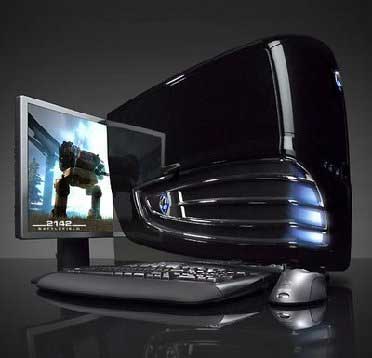 1. They will be intelligent like human beings, and will use Artificial Intelligence (AI) for working.
1. They will be intelligent like human beings, and will use Artificial Intelligence (AI) for working.
2. They will be able to think and take decisions like us.
3. They will be used in areas such as robotics, designing, defence.
4. Object oriented language like JAVA suitable for internet programming has been developed.
5. Portable note book computers introduced
6. Storage technology advanced – large main memory and disk storage available
7. Introduced World Wide Web. (And other existing applications like e-mail, e Commerce, Virtual libraries/Classrooms, multimedia applications etc.)
8. New operating systems developed – Windows 95/98/XP/LINUX, etc.
9. IBM notebooks, Pentium PCs-Pentium 1/2/3/4/Dual core/Quad core... SUN work stations, Origin 2000, PARAM 10000, IBM SP/2).
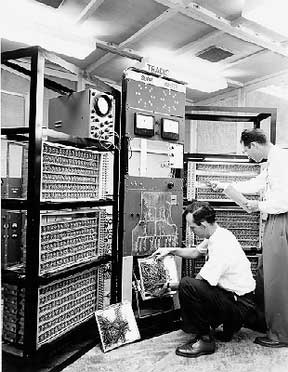
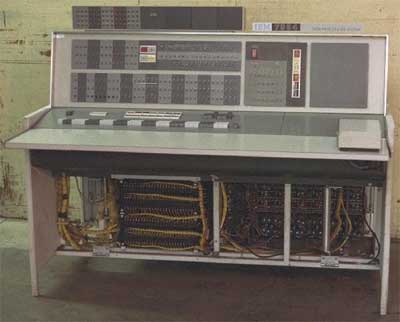
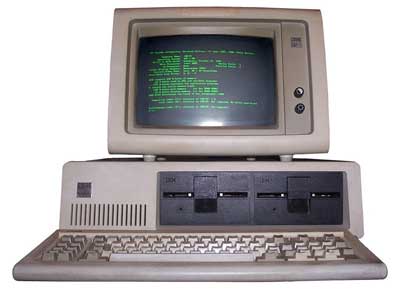
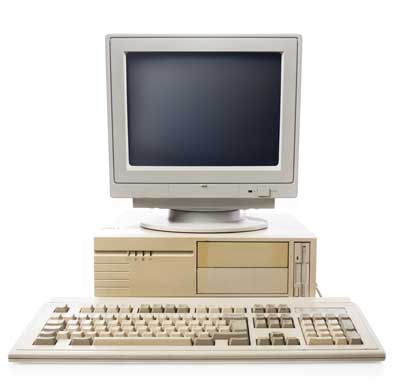
No comments:
Post a Comment